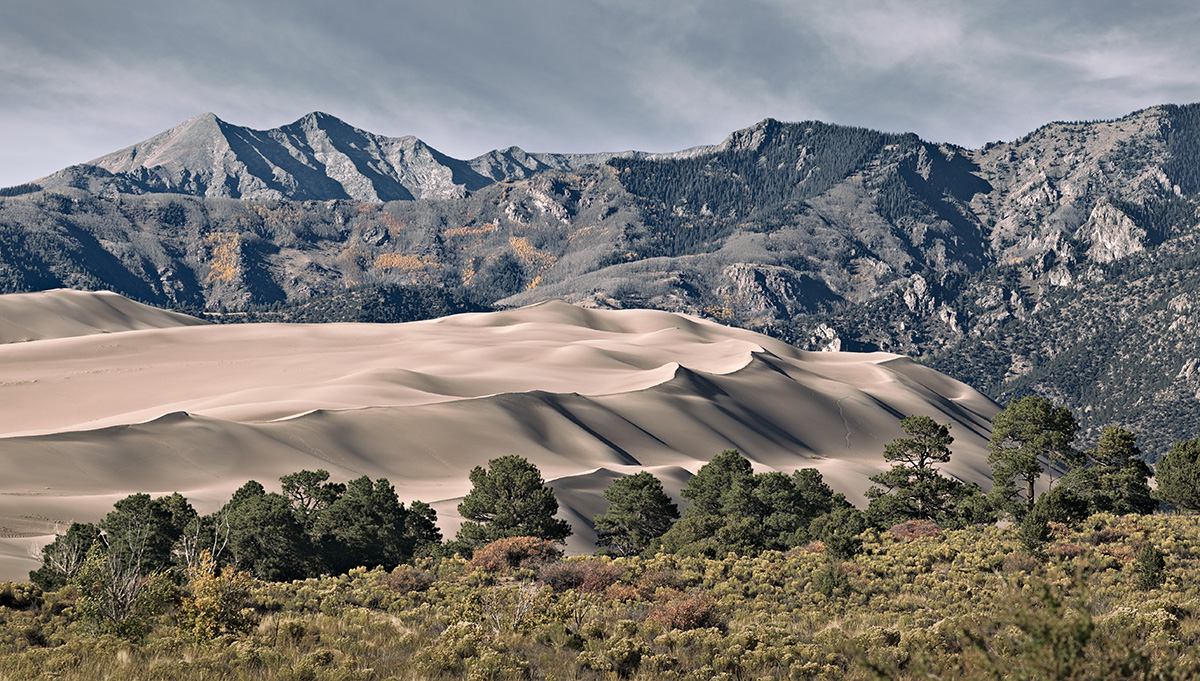
You can find pictures anywhere. It's simply a matter of noticing things ... - Elliot Erwitt
One on one image reviews. One on one and group classes. A suggested list of topics follows, but you can design your own list of things to be discussed in a seminar that can be one on one, or any number of participants.
On a phone or tablet you cannot "mouse over" an image for the alternate view in the tutorials. You need to click on the image to change it, and click outside of the image to return to the original.
I offer professional Fine Art grade printing using an Epson 24 inch printer, archival inks and papers.
All printing is done on Epson Signature Worthy and Legacy archival papers using Epson pigment inks. This gives the images archival quality of up to 300 years (B&W on Legacy Platine) or up to 200 year archival quality for color prints.
For a complete description of services and papers please visit my Printing Page.
Photoshop is a complex program, but you do not have to use it all. In fact, you do not have to even see it all. Learn how to make Photoshop your own.
Basic information on digital shooting and image making includes things like camera and monitor resolution, image resizing, file formats, color spaces and other horrifying things that you probably would prefer to ignore. To do so would leave you wondering why your images are not what you expect them to be. These are short essays on essential information to get you going. This isn't everything, but a good start. Knowledge is power and being able to get the images you want.
These articles explain different aspects of digital imaging in as simple a manner as I can. There is obviously much more to any of these topics than can be covered in a single article. You need to start somewhere and you need to understand basics before you delve deeper into any subject. I am always willing to answer questions and will try to explain my opinions on any subject. Most of the information in these articles in based on facts and aspects of digital imaging I have learned through study with some pretty incredible people and over 30 years of experience in digital image making, both as a professional commercial photographer and a fine art photographer and printer. Some examples may be exaggerated to better illustrate the effects of a particular technique.
Selections are how you isolate corrections and modifications to parts of an image. Layers and Masks are how you manipulate images in Photoshop or Elements. They are a key to "non-destructive" editing, which basically means not messing with your original file.
Adjustment layers normally affect both the color and structure of an image, but Blend Modes make it possible for you to control these elements separately. These short essays explore the most common blend modes used for photography that make life a little less complicated.
There are at least three stages to image sharpening. First is capture sharpening in the raw conversion, second is creative sharpening in Photoshop and third is output sharpening in the printing step.
In Photoshop you can sharpen (or soften) local areas of the image to enhance detail. While there are many ways to impart an appearance of a sharper image, there are two very practical techniques. Smart Sharpen is a filter and High Pass sharpening is a kind of filter not in the filter menu. Both are good for many things.
Composition is one of the first and most important things to learn about photography. Improve your images by putting the subjects where the eye wants to find them.
While not all images have a neutral point, most of them do. If your image lacks a proper reference for the eye the whole perception of accurate color can disappear.
Tips for best shooting practices and managing your files in Photoshop. Checking your monitor for accurate color. Setting Photoshop Color Settings for color management
Reigning in your camera and monitor for more accurate images.
Visualization (sometimes previsualization) is the concept that you should be able to see in advance the possibilities in your images.
Digital capture is not the same as film. Failure to utilize the capabilities of linear capture will result in lesser quality images. Understanding how a digital camera captures light is important.
There are things to consider when making photographs that will help them be better, or stand in the way of image quality. Taking stock of shooting techniques, equipment, and attitudes will benefit your photography.